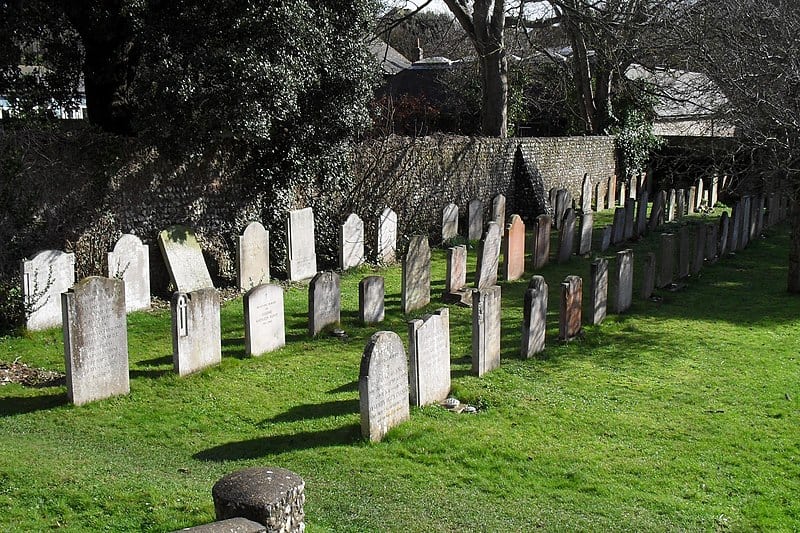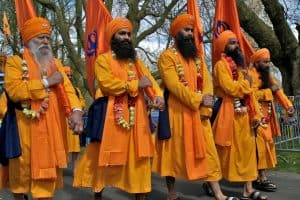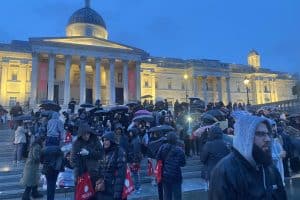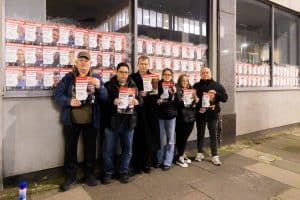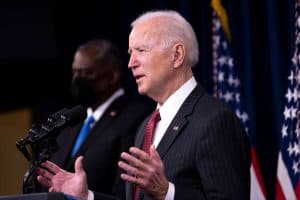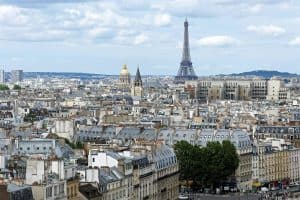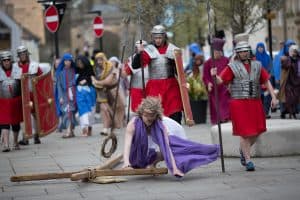Church leaders are wrestling with one of the most sensitive issues to have emerged from the recent anti-racism demonstrations – how to handle controversial statues and memorials in their churches and cathedrals.
Black Lives Matter campaigners have been calling for the toppling of a number of statues of prominent historical figures linked to the slave trade or colonialism, or who are deemed to be racist.
Although these are mainly in public squares, such as that of philanthropist and slave owner Edward Colston so dramatically torn down by protesters in Bristol city centre, church buildings such as Westminster Abbey host many such memorials.
The Church of England has called for “open and honest” dialogue, and the presidents of Churches Together In England – who include the Archbishop of Canterbury Justin Welby and Cardinal Vincent Nichols – are drawing up a response to racial injustice.
The issue has sparked a fierce national debate between those who want to preserve Britain’s heritage and those who want to destroy offensive symbols – focussed on the boarded-up statue of Sir Winston Churchill in Parliament Square.
For the Churches, it is a deeply moral challenge that goes to the heart of the Christian values they espouse and will no doubt prompt some painful soul searching.
The Church of England, in particular, enshrines much of the ambiguous legacy of the British empire and even profited from the slave trade.
The Church apologised for its role during a 2006 General Synod debate that shone a light on a slave owning former Bishop of Exeter, who was compensated when the trade was abolished, and the missionary organisation USPG, which owned a plantation where slaves were branded with the word “society”. To many, such an apology will now seem inadequate.
Some cathedrals have already been forced to react to the new wave of anger swelled by events in America. Authorities at Bristol Cathedral have covered up a huge stained glass window dedicated to Colston and are due to remove it.
The window has long been the subject of controversy, but the cathedral under its former Dean David Hoyle left it in place. A spokesman admitted last week “not enough progress” had been made on resolving the issue.
Last year, Dean Hoyle moved to Westminster Abbey, potentially even more in the cross hairs of protesters. The ancient Royal Peculiar is a repository of memorials to controversial figures ranging from Clive of India to Cecil Rhodes and the former Prime Minister William Gladstone, whose father was a slave owner.
At nearby St Paul’s Cathedral, there is an elaborate statue of Sir Thomas Picton, a prominent soldier who was accused of cruelty to a slave girl when he was Governor of Trinidad.
Exeter cathedral contains plaques commemorating plantation owners, and one of several statues honouring the hospital benefactor Thomas Guy, whose fortune was built on shares in slaves, stands in the chapel at Guy’s hospital.
In another twist, the parish church of St Margaret’s in Rottingdean, Surrey, boarded up the gravestones of two former music hall singers (pictured) because of the offensive language used to describe their blackface stage roles. The church has vowed to remove them as soon as possible.
The Dean of Southwark Andrew Nunn said he had ordered an audit of memorials and plaques in his cathedral to uncover any links to the slave trade or colonialism, and similar exercises are being undertaken at other cathedrals.
He said: “It is important to see what the legacy of the place is. I would hope that all cathedrals and churches, alongside other institutions, look at who is being commemorated and how we then learn from that for this present age.
“It is not always possible to remove everything, and I am not sure that is advisable either…. If we are the holders of community history, which churches are, we need to tell that tale in a way that resonates with the present.”
Pentecostal Bishop Joe Aldred, who is responsible for multi-cultural relations at Churches Together in England, said the ecumenical organisation’s five presidents were currently engaged in a series of conversations with representatives of black churches and the community.
As a result, the five – Archbishop Justin Welby, Cardinal Vincent Nichols, Free Church Moderator Dr Hugh Osgood, the Orthodox Archbishop Angaelos and Pentecostal Pastor Agu Irukwu, hope to “enact real and urgent change.
Bishop Joe said the iconic role of statues and memorials would be fed into the discussions, adding that Church leaders were “in the same boat” as the rest of the nation, except they faced an even greater moral imperative to find a just solution.
Bishop Joe said the UK had reached “a day of reckoning” for those who had been dehumanised over the centuries and whose descendants are “reaping some of the whirlwind of that….
“If you are mindful of a cohesive community you can’t have a divisive figure standing in the midst of us and expect that those who hold that figure dear continue to pass by and those for whom those memories are tragic can pass by and say nothing about it. “
Bishop Joe speculated that the Churches would set up a commission to examine the issues in depth, with the descendants of slaves among its members. He said he could envisage such a body adopting a range of approaches to offensive memorials.
“There are some people whose crimes were so irredeemable that they should not be on public view, in a church or a cathedral or in a public square,” he said.
“I can imagine there are some people who are in the middle, for whom what would suffice is a form of words with the memorial that can explain their background, and others may need no addition.”
But even statues to anti-slavery campaigners such as William Wilberforce might need to be supplemented, he said, to give proper credit to unsung fellow abolitionists such as the former slave Olaudah Equiano.
The Church of England’s Director of Cathedrals and Church Buildings, Becky Clark, said: “It is not possible to provide a single position which could apply to all circumstances and which would satisfy all legitimate viewpoints. However, we acknowledge the real and justified anger of those who believe monuments in churches and elsewhere should be reviewed.
“We believe that dialogue within communities is the key to responding well to this and the local and national church should play a leading role by helping to facilitate the conversation. This cannot be dealt with purely as a discussion around historical monuments, and must encompass how we, as a broad and diverse society, value and represent people of all ethnicities and backgrounds.
“We acknowledge that dialogue alone is not sufficient and must have real outcomes. These may include the alteration or removal of monuments. However, this must be done safely and legally, and we do not condone illegal acts.
“Dialogue has to be open and honest. Churches and cathedrals are considering how they can address the issues raised by the Black Lives Matter movement and which demonstrations and direct action have brought into such sharp relief.”

